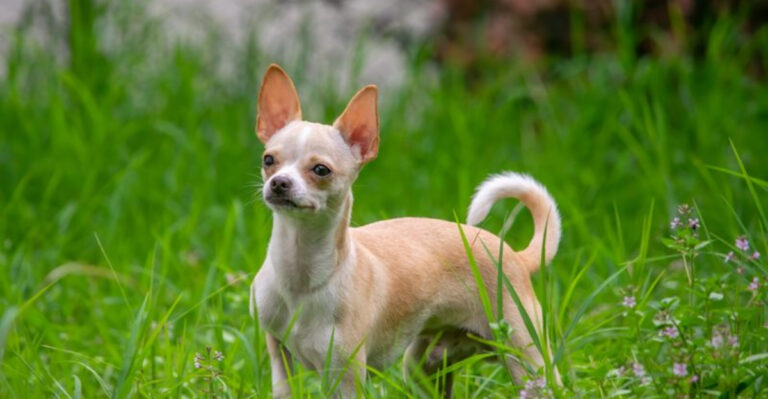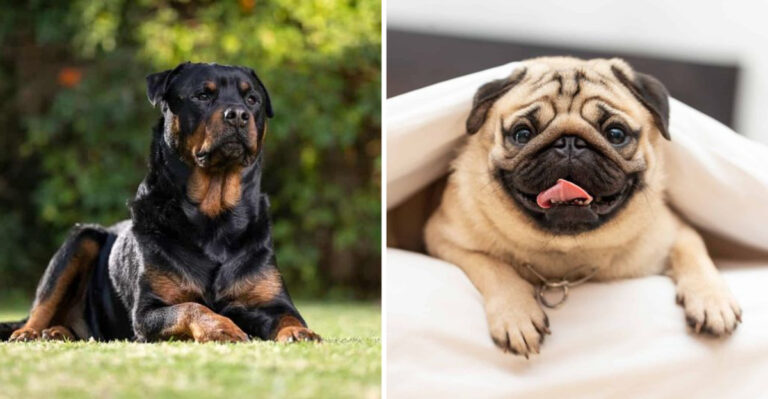14 Separation Anxiety Solutions Every Dog Owner Should Know
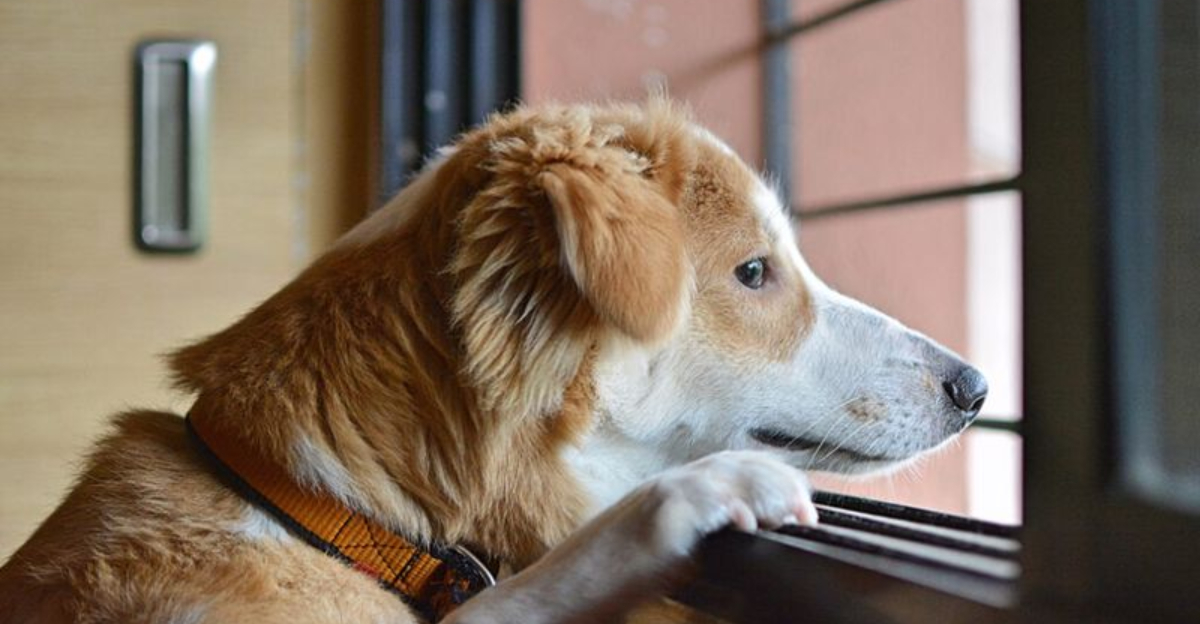
When you leave home, does your furry friend howl, chew furniture, or pace nervously? You’re not alone. Separation anxiety affects countless dogs, causing stress for both pets and their owners.
The good news? With patience and the right techniques, you can help your dog feel secure even when you’re not around.
1. Practice Gradual Departures
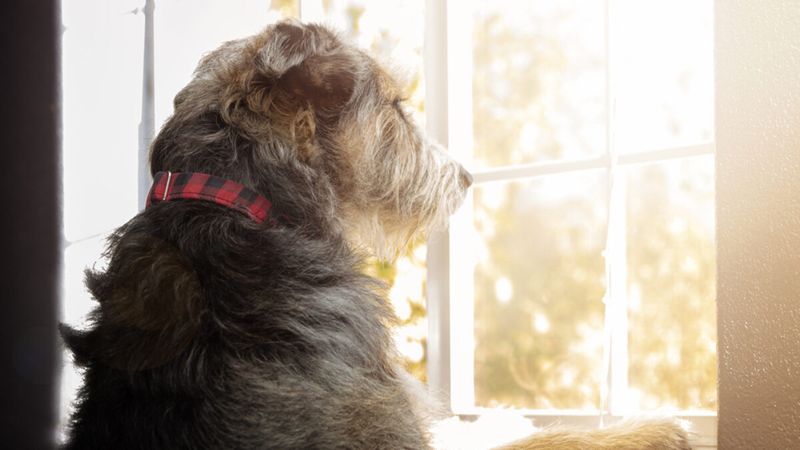
Dogs with separation anxiety often panic when they notice you’re about to leave. Start desensitizing your pup by grabbing your keys or putting on your coat, then sitting back down instead of leaving.
Gradually increase the time between these “false starts” and actually stepping outside. Your dog will learn these departure cues don’t always mean abandonment.
2. Create A Safe Haven
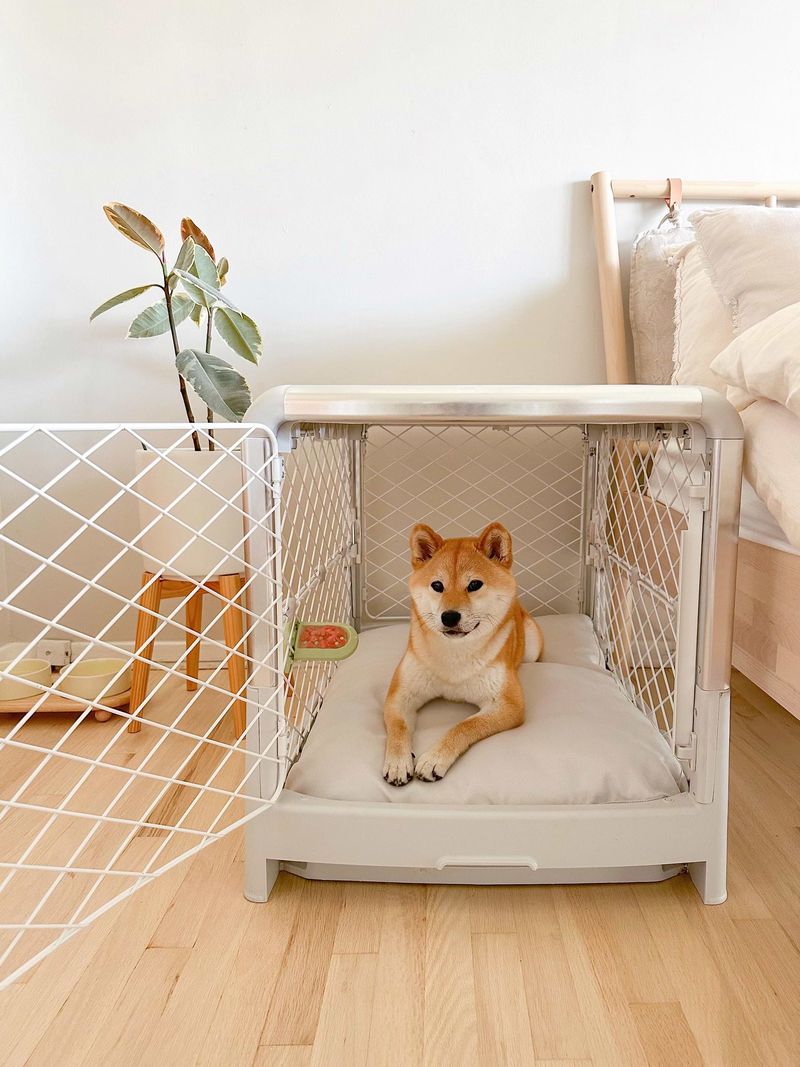
Transform a specific area into your dog’s personal retreat. Include their bed, favorite toys, and items carrying your scent. This designated space becomes a comfort zone when anxiety strikes.
Some dogs prefer open areas where they can see exits, while others feel secure in den-like spaces. Observe what works best for your particular pooch and adapt accordingly.
3. Leave Behind Scented Items
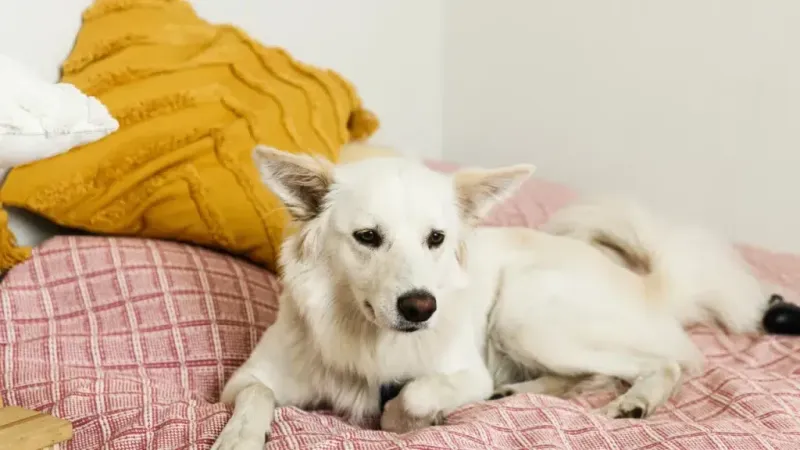
Your scent provides powerful reassurance to an anxious dog. An unwashed t-shirt or pillowcase carrying your personal aroma can comfort your pet when you’re gone.
Replace these items regularly to maintain a strong scent. Some owners rotate several pieces so there’s always a freshly-scented option available. This simple trick works because your smell signals safety to your devoted companion.
4. Puzzle Toys Keep Minds Busy
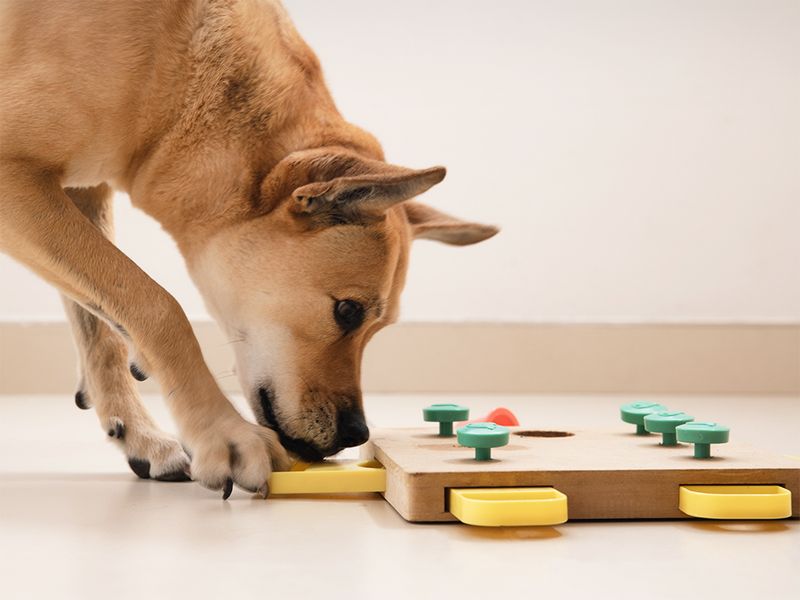
Mental stimulation is your secret weapon against separation anxiety. Puzzle toys filled with treats create positive associations with alone time while keeping your dog’s brain engaged.
Freeze a treat-stuffed Kong toy for an extended challenge. Rotate different puzzles to prevent boredom. When dogs focus on solving these food puzzles, they’re less likely to fixate on your absence or engage in destructive behaviors.
5. Background Noise Comfort
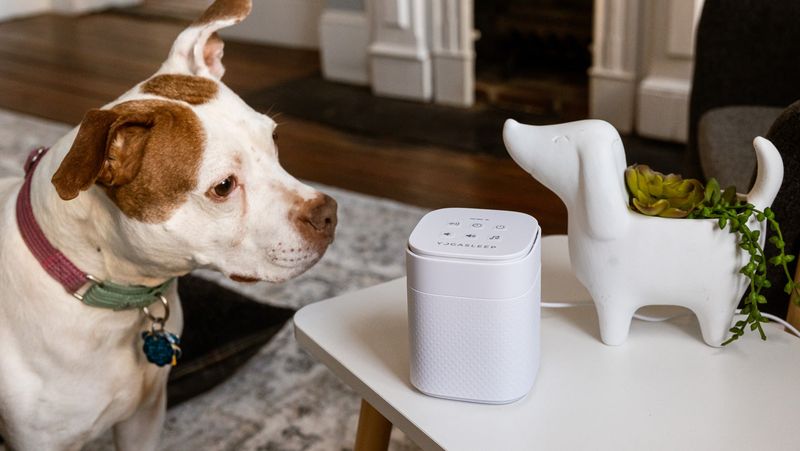
Silent homes can amplify anxiety. Leaving on a radio, TV, or white noise machine provides comforting background sounds that mask potentially triggering noises from outside.
Many streaming services offer dog-specific content with calming visuals and sounds. The steady audio presence creates a sense of normalcy and company. Experiment with different sounds to discover what best soothes your particular pup.
6. Exercise Before Departure
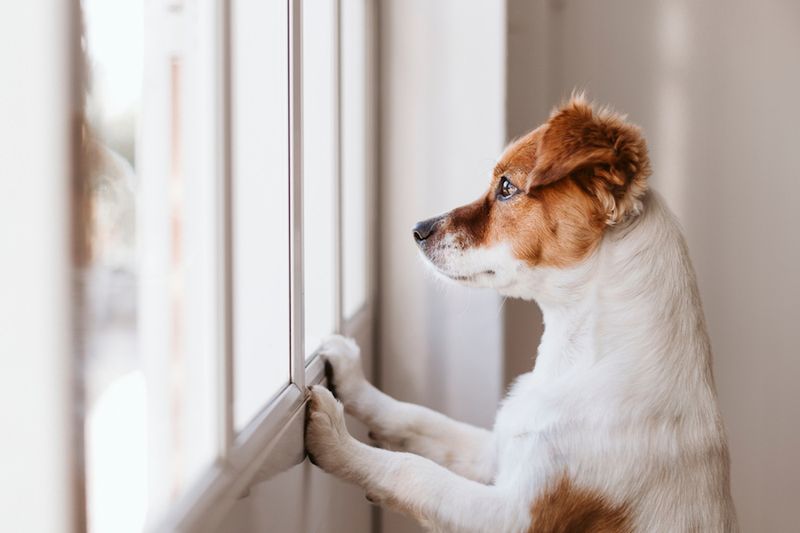
A tired dog is typically a calmer dog. Schedule a vigorous play session or brisk walk before leaving home to burn excess energy that might otherwise fuel anxious behaviors.
Physical activity releases endorphins that naturally reduce stress. Aim for at least 30 minutes of exercise appropriate to your dog’s age, breed, and health status. Your pup will be more likely to rest peacefully rather than pace anxiously after you leave.
7. Calming Pheromone Products

Science offers help through synthetic dog-appeasing pheromones that mimic the comforting scent mother dogs naturally produce. Available as plug-in diffusers, sprays, or collars, these products create a calming atmosphere.
Many veterinarians recommend brands like Adaptil for separation anxiety. The invisible scent signals safety to your dog’s brain. While not a standalone solution, pheromones can significantly reduce anxiety when combined with behavioral training.
8. Professional Dog Walkers

Breaking up long days alone can make a world of difference. A mid-day visit from a professional dog walker provides bathroom relief, exercise, and social interaction when you can’t be there.
Many anxious dogs manage better with shorter alone periods. The anticipation of a friendly visitor creates a positive marker in the day. Research reliable services in your area and introduce your dog gradually to build trust.
9. Desensitize To Departure Cues

Dogs learn to recognize the signals that precede your departure—grabbing keys, putting on shoes, or picking up your bag—and these triggers can spark anxiety before you’ve even left.
Perform these actions randomly throughout the day without actually leaving. Put on your coat, then sit and watch TV. Pick up your keys, then prepare a snack. This technique breaks the association between these actions and your absence.
10. Doggy Daycare Socialization
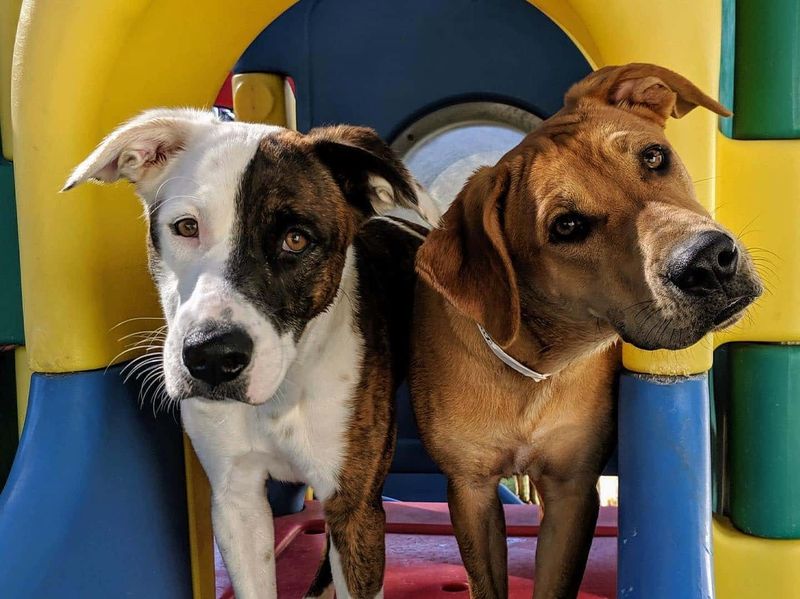
For highly social breeds, doggy daycare provides stimulation, companionship, and supervised play that can eliminate separation anxiety entirely on workdays. The constant interaction keeps anxiety at bay.
Visit facilities beforehand to ensure proper supervision and compatible playgroups. Start with half-days to help your dog adjust. Many owners report their dogs return home happily exhausted, with energy spent on play rather than worry.
11. Calm Departure And Return
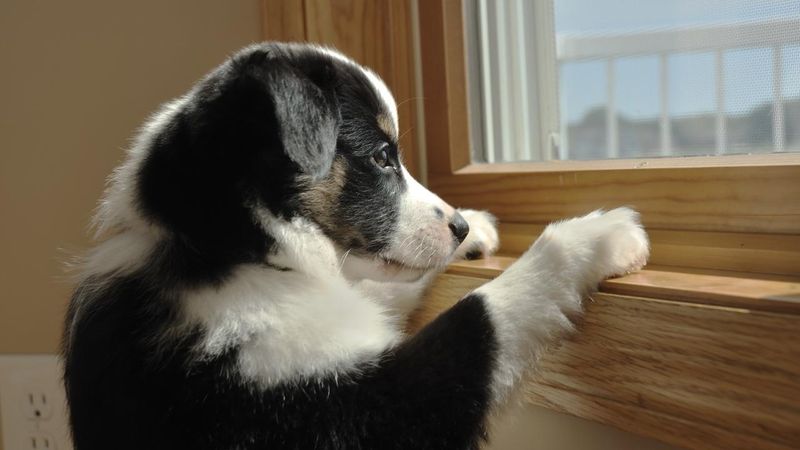
Emotional goodbyes and enthusiastic greetings reinforce the idea that separations are a big deal. Keep departures matter-of-fact and low-key. Avoid lengthy farewell rituals that heighten your dog’s emotional state.
Similarly, when returning home, wait until your excited pup calms down before offering affection. This teaches them that your comings and goings are normal, everyday occurrences—not causes for extreme emotional responses.
12. Establish A Predictable Routine
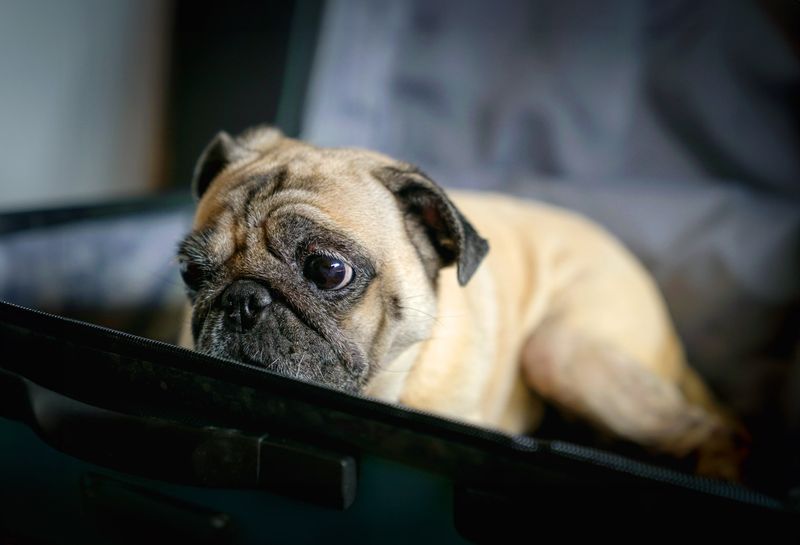
Dogs thrive on consistency. A reliable daily schedule helps anxious pets predict when alone time occurs and when you’ll return, reducing uncertainty-based stress.
Feed, walk, and play with your dog at similar times each day. Even on weekends, maintain somewhat consistent departure and arrival patterns. The predictability builds confidence—your dog learns that after alone time comes your reliable return.
13. Consider Anxiety Wraps
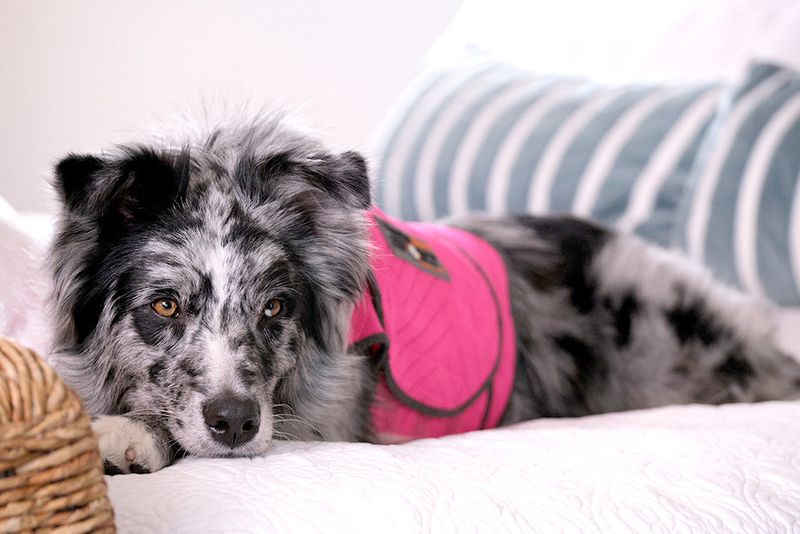
Pressure wraps like the ThunderShirt apply gentle, constant pressure similar to swaddling a baby. Many dogs respond positively to this sensation, which has a calming effect on the nervous system.
These garments are particularly helpful during thunderstorms or fireworks but work for separation anxiety too. The consistent pressure releases calming hormones. Introduce the wrap during positive experiences first so your dog forms good associations with wearing it.
14. Consult A Veterinary Behaviorist
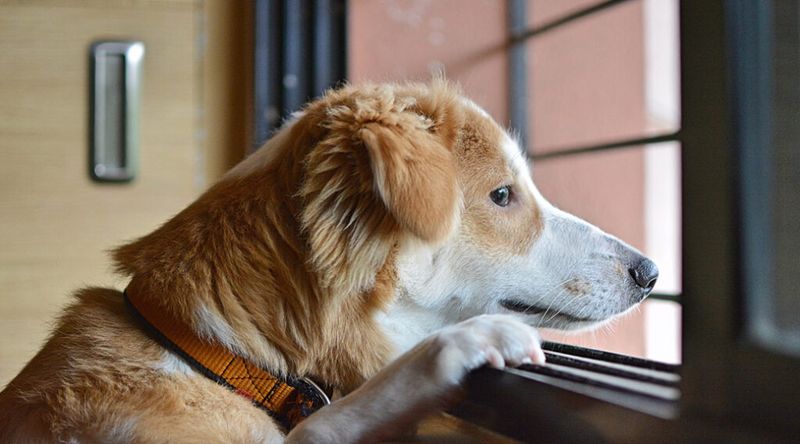
Severe separation anxiety sometimes requires professional intervention. Veterinary behaviorists specialize in complex behavioral issues and can create customized treatment plans combining training and medication when appropriate.
These specialists understand the biological aspects of anxiety disorders. For dogs with extreme symptoms like self-injury or destructive behavior that hasn’t responded to basic interventions, this expertise can be life-changing. Don’t hesitate to seek professional help for persistent problems.

